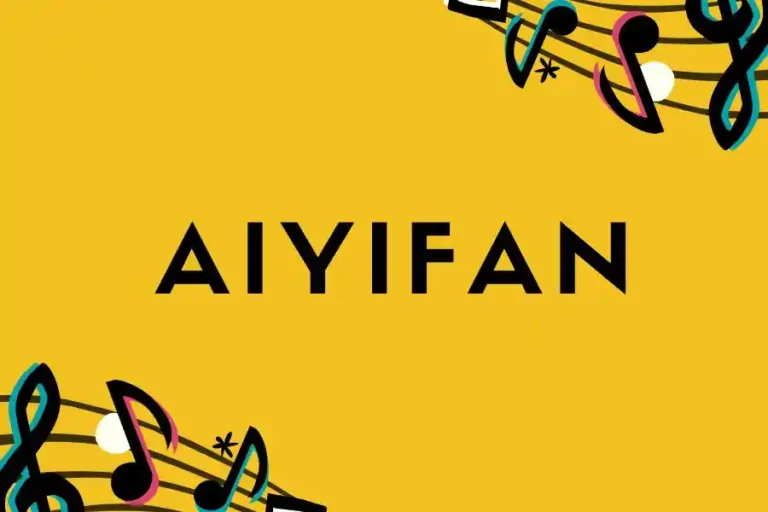Decoding Pulsamento: The Musical Language of Latin American Beats

Introduction to Pulsamento: The Heartbeat of Latin Rhythms
Pulsamento, a rhythmic pulsation technique rooted in Latin American music, has become a cornerstone in salsa and samba. This article will delve into this mesmerizing musical technique’s history, mechanics, and benefits.
History of Pulsamento: Tracing the Roots of a Musical Revolution
Origins
Pulsamento’s journey began in Cuba during the early 20th century, thriving in traditional Afro-Cuban drumming ensembles. As musical styles evolved into salsa, pulsamento solidified its place, offering an infectious energy that continues to captivate audiences.
Evolution
The late 20th century saw Pulsamento spreading its wings, blending traditional folk rhythms with modern beats. Pioneers like Gustavo Santaolalla shaped its trajectory, creating a unique sound that resonated globally, incorporating influences from salsa, reggae, and rock.
How Pulsamento Works: Decoding the Musical Language
At its core, pulsamento relies on a steady four-beat pattern called “clave.” This rhythmic foundation, consisting of two bars with three beats each, followed by one bar with two beats, is the heartbeat of Pulsamento, guiding musicians and dancers alike.
Benefits of Practicing Pulsamento: A Harmony of Skill and Expression
Improves Rhythm and Timing
Pulsamento, primarily utilized in guitar playing, enhances rhythm and timing skills. Striking the strings regularly helps players develop a rhythmic sense, fostering a deeper understanding of musical nuances.
Increases Finger Dexterity
Precise finger movements required for pulsamento contribute to improved finger dexterity. Regular practice aids guitarists in moving swiftly and accurately between notes on different strings.
Enhances Control and Precision
Pulsamento’s focus on striking specific strings with varying intensity enhances a guitarist’s control over their instrument, allowing for nuanced control of volume and tone.
Adds Expression to Playing
The subtle volume variations pulsamento produce an expressive element in guitar playing, creating dynamic contrast within songs and captivating listeners.
Techniques and Movements in Pulsamento: Crafting the Musical Tapestry
Pulsamento, integral to flamenco guitar playing, involves various techniques:
Strumming
Brushing fingers across all six strings simultaneously creates a full, percussive sound, mimicking castanets or emphasizing rhythmic accents.
Rasgueado
A rapid strumming effect is achieved by quickly striking individual strings with four fingers, requiring speed, precision, and control.
Picado
Rapid plucking of individual strings with fingertips, creating a fast-paced and intricate melody, commonly used in solo sections of flamenco songs.
Golpe
Various percussion techniques, such as tapping on different guitar body parts, produce percussive sounds.
Common Misconceptions about Pulsamento: Debunking Myths
Misconception 1: Pulsamento is just another name for salsa or bachata.
Pulsamento, although rooted in Latin American music, is distinct from salsa or bachata, incorporating unique steps, rhythms, and movements.
Misconception 2: Only Latinos can do Pulsamento well.
Contrary to belief, Pulsamento is not exclusive to those with Latin American heritage. Anyone can learn and excel, irrespective of ethnicity or cultural background.
Incorporating Pulsamento into Your Daily Routine: A Musical Lifestyle
Integrating Pulsamento into your daily routine offers various benefits:
Start the Day with a Morning Pulsamento Session: Set the tone for the Day with a few minutes of Pulsamento to prepare your mind and body.
Take Short Breaks Throughout the Day: Incorporate brief Pulsamento sessions to enhance circulation and release tension.
Incorporate Pulsamento into Your Exercise Routine: Add a few minutes before or after your workout for a holistic experience.
Practice Mindful Eating with Pulsamento: Savor each bite slowly, fully present in the moment.
Conclusion: The Power of Pulsamento
Pulsamento is a potent technique that elevates musical expression. Its rhythmic and percussive nature adds depth, emotion, and intensity to music, making it indispensable for musicians at all levels. You can also know about China SEO Xiaoyan by going through that blog.
Frequently Asked Questions
What is Pulsamento?
Pulsamento is a dance and musical expression originating in Argentina and Uruguay, combining elements of tango, milonga, and candombe for an energetic and dynamic style.
How did Pulsamento originate?
Emerging in the 1920s in the Rio de la Plata region, Pulsamento evolved from “milonga con tranco corto” into the complex and expressive style we know today.
Is Pulsamento only danced to tango music?
While often associated with tango, Pulsamento incorporates various music genres such as candombe, salsa, jazz, and electronic beats for versatility and creativity.
Do I need a partner to do Pulsamento?
No, Pulsamento can be practiced solo or in groups, known as rondas, offering flexibility in its execution.






